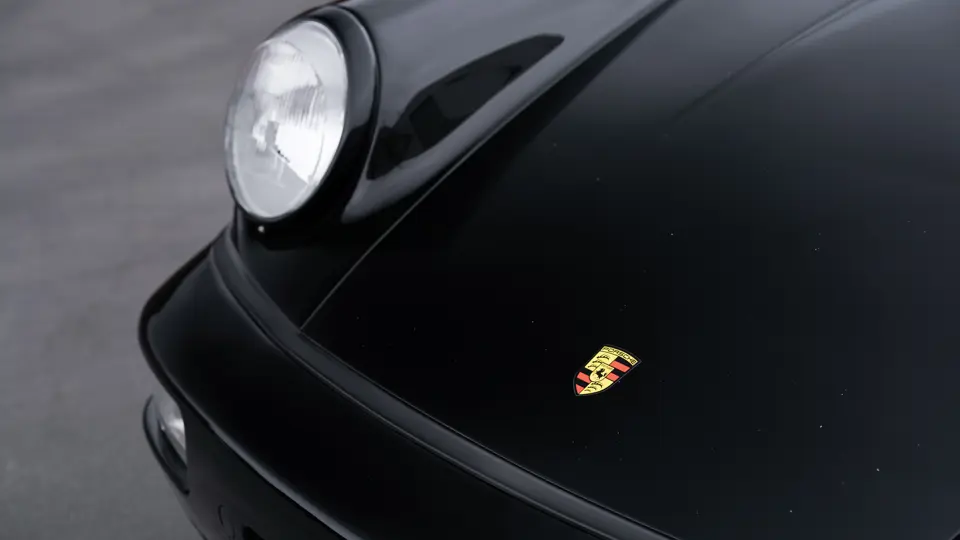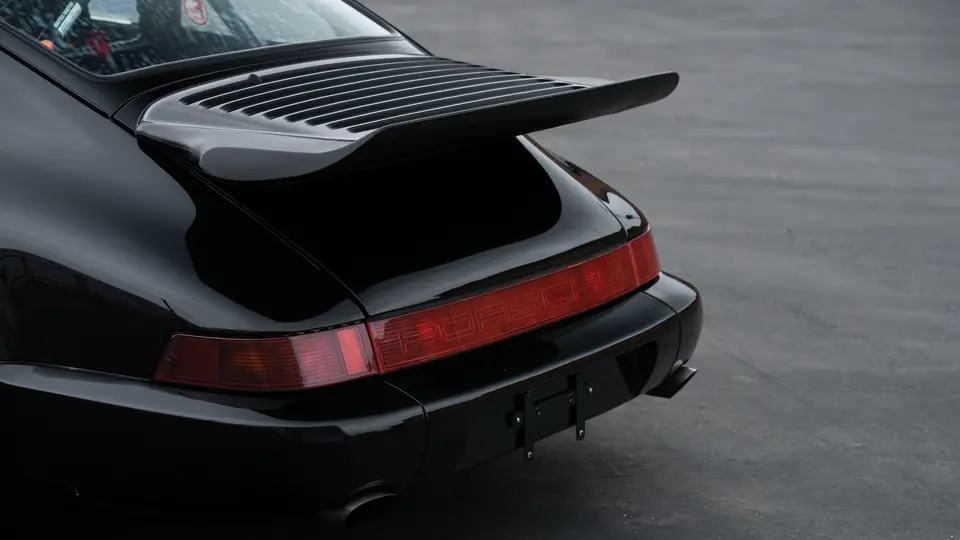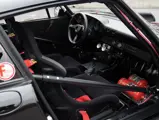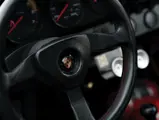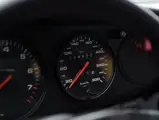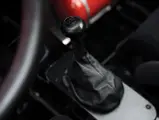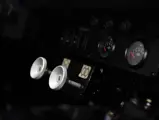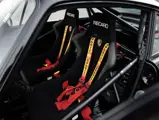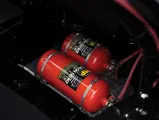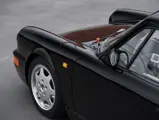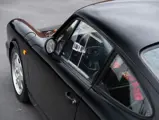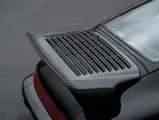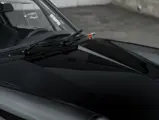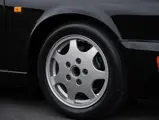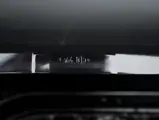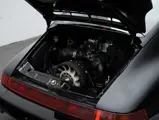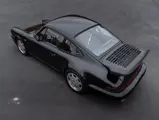Arguably the biggest change to the Porsche 911 yet came in 1988, when the automaker unveiled the Type 964. The new car’s lines echoed its predecessor, and yet its streamlined bumpers, painted to match the body, were only the tip of the tailpipe, so to speak.
The new 964 boasted considerable technological upgrades over its predecessor. Some brought the new car into the modern era, while others looked beyond to the next generation of 911 capability. Power steering made the car more manageable at modest speeds, while a retractable spoiler took care of rear-end stability that could prove to be a handful as the speedometer swept clockwise. Underneath, torsion bars were replaced in favor of coil springs, and shock absorbers were tuned for a more comfortable ride and predictable handling.
Most audacious to purists and compelling to speed junkies: The 964 debuted with a complex and massively effective all-wheel-drive system cribbed from the 959 supercar. All of this added up to a vastly different driving experience. The market responded well, given the shaky economy of the early 1990s. And yet Porsche was not about to give up on those who demanded a comparatively raw experience. The company was still small enough that it could eagerly respond to customer demand for special models, and that’s just the chain of events that made the Carrera 4 Leichtbau possible. Under Jürgen Barth, Porsche’s customer motorsport program stood ready to create models fit for any type of competition. Barth, of course, was no stranger to the podium. With Jacky Ickx and Hurley Haywood, Barth placed 1st overall in the 1977 24 Hours of Le Mans and was a fixture in global sports car racing.
With the 911 Carrera 4 and Porsche’s motorsport resources at his beck and call, Barth set to work reducing the weight of the car while keeping its sophisticated all-wheel-drive system intact. The advanced setup underneath the 959 was as effective as it was complex. Porsche sought to transfer it into the 911, which would help justify the considerable expense that went into developing it and testing it in the Paris-Dakar rally. The Carrera 4 Lightweight was equipped with the mechanically adjustable drivetrain from the Type 953, which featured in the first 959 Paris-Dakar rally cars, before they switched to an electronically controlled setup. The differentials were manually adjustable using the rotary controls, while two temperature gauges monitored the individual differentials.
For the Lightweight, Porsche did more than simply replace body panels with aluminum and fiberglass and delete sound insulation and carpeting. The car was race-ready with a seam-welded tub and fixed windows with sliding panels. A fixed rear spoiler took the place of the standard unit that rotated upward at speed. The stock seats were jettisoned in favor of Recaro race buckets from the 964 Cup cars with factory five-point harnesses, and a Halcon fire-suppression system was fitted. The interior marries race car functionality with production 964, thanks to its integrated roll cage, auxiliary gauges and switches mounted where the radio and climate controls would be, and black fabric-covered sports seats.
Underneath, the suspension was lowered about an inch, and the standard wheels were shelved in favor of staggered 6-inch front and 8-inch rear wheels, or optional 7- and 9-inch wheels, as featured on this car. Power came from a version of the Carrera RS’s 3.6-liter flat-six with a modified exhaust and lack of air cleaner. A special clutch and flywheels were mated to the car’s five-speed manual transmission. Overall, this C4L weighed in at a svelte 1,098 kg (2,420 lb).
Predictably, the Lightweight was not granted a standard 17-digit identification number and was thus not eligible for import into the U.S. All 22 said to have been built followed the same 964 0## sequence, and the car offered here is the 15th serialized example.
This car’s first owner, Mike Amalfitano, acquired the car from Porsche and, after some back and forth with the EPA and DOT, successfully petitioned then–New Hampshire governor Judd Gregg to help him legally import it to the U.S. for competition-only use. The car was intended for use on the Mt. Washington Auto Road Hillclimb, but ultimately the C4L was never entered and has reportedly never competed since. It shows just under 4,500 kilometers today and could potentially be used in certain events.
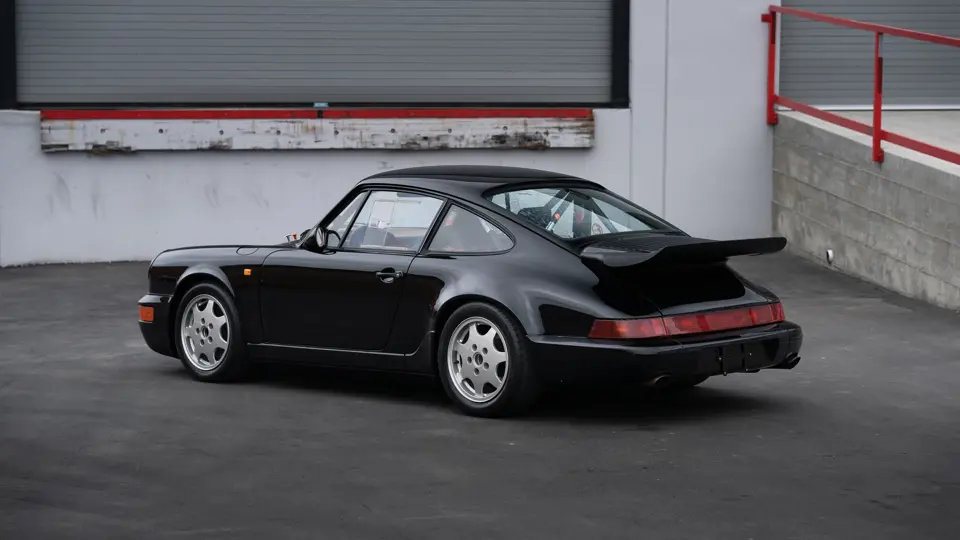
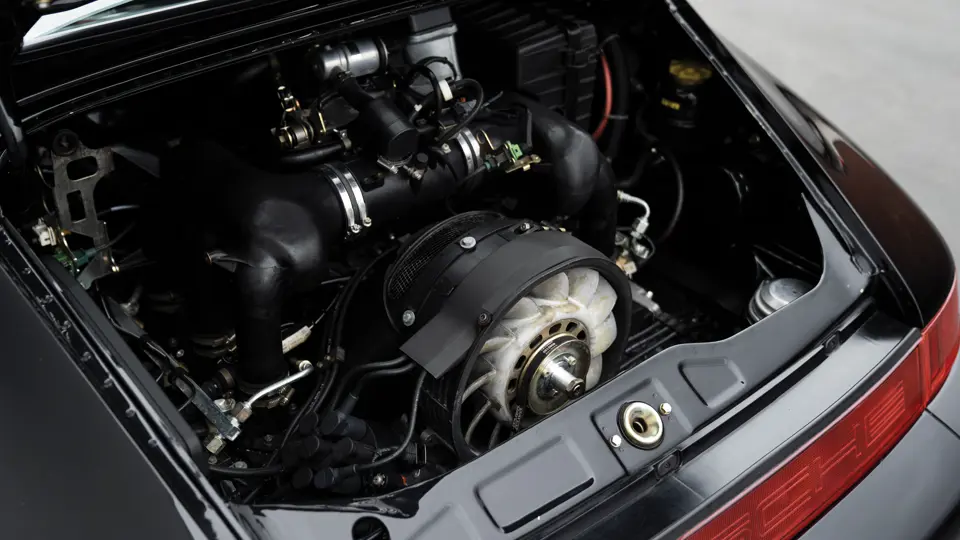



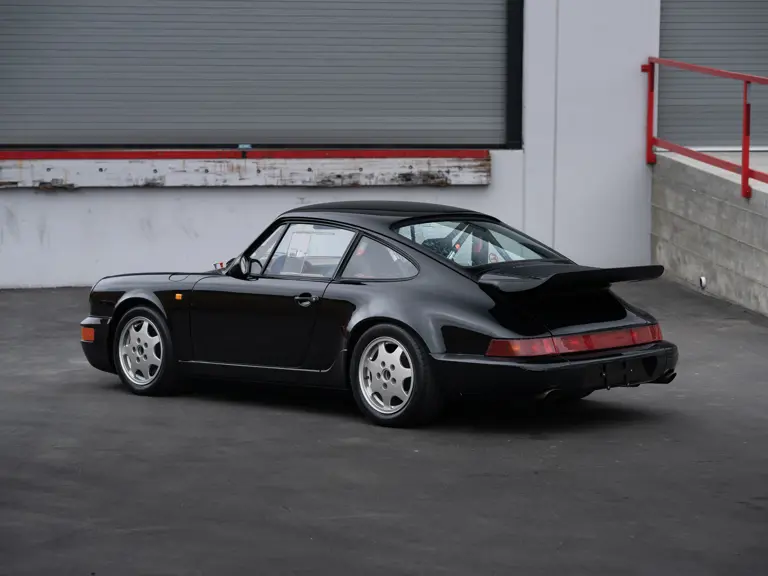

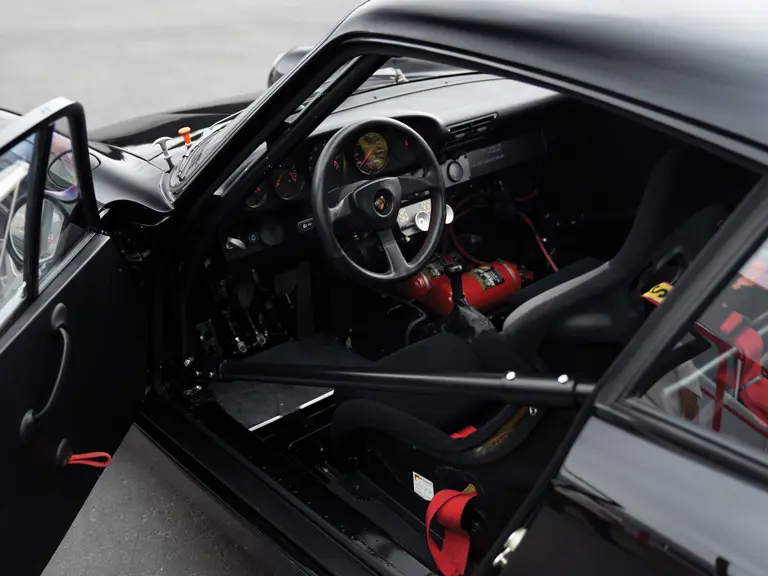
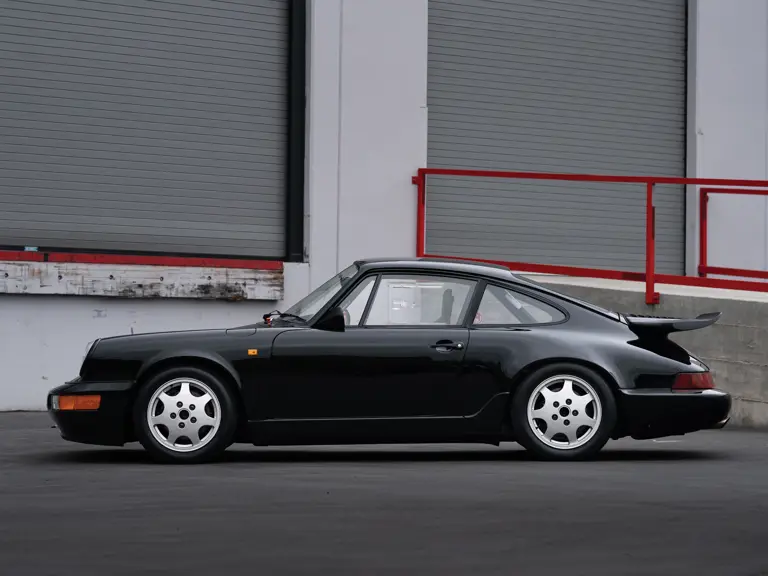

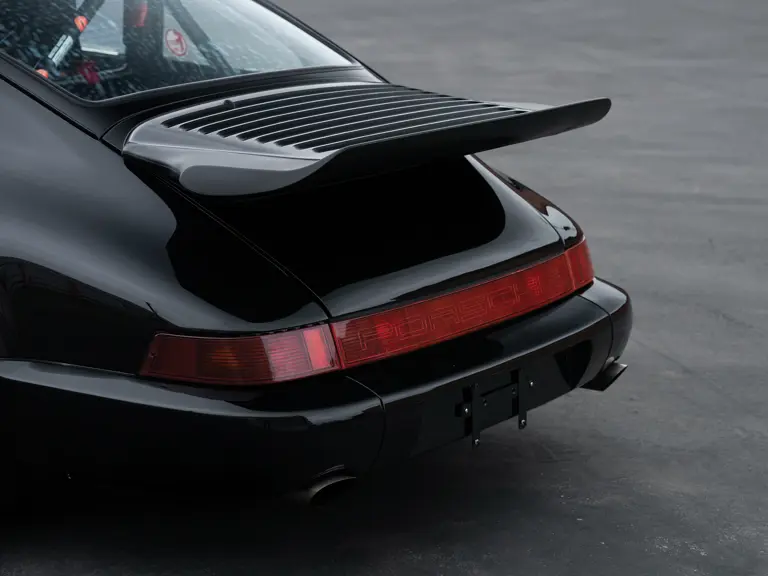


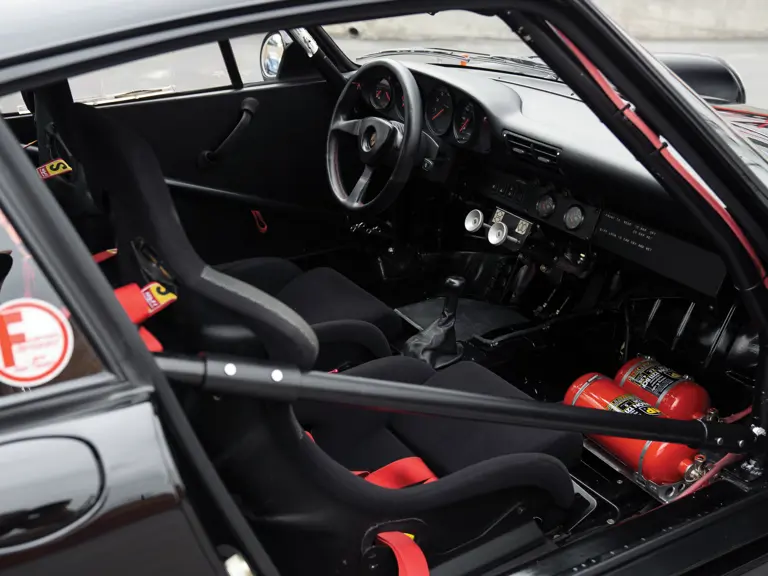


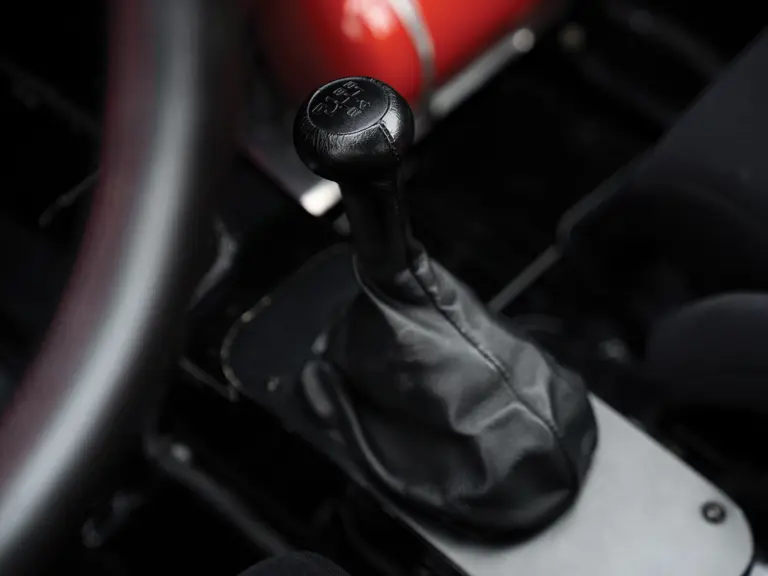




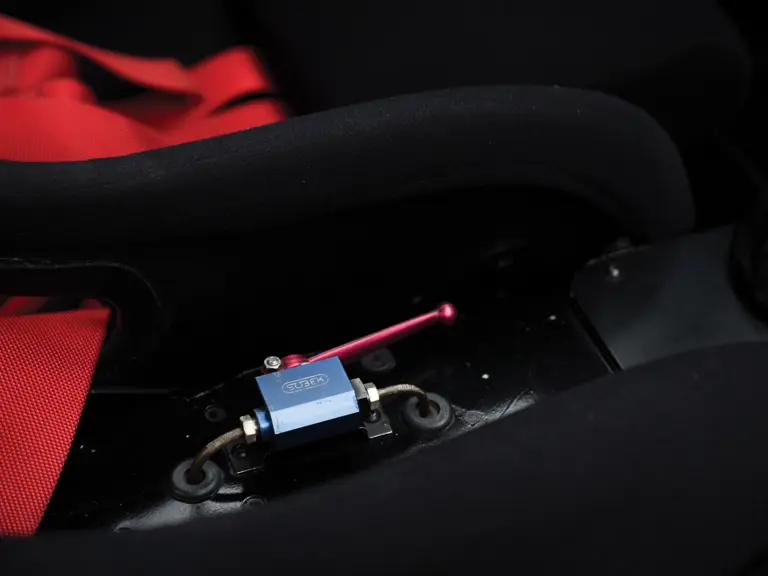

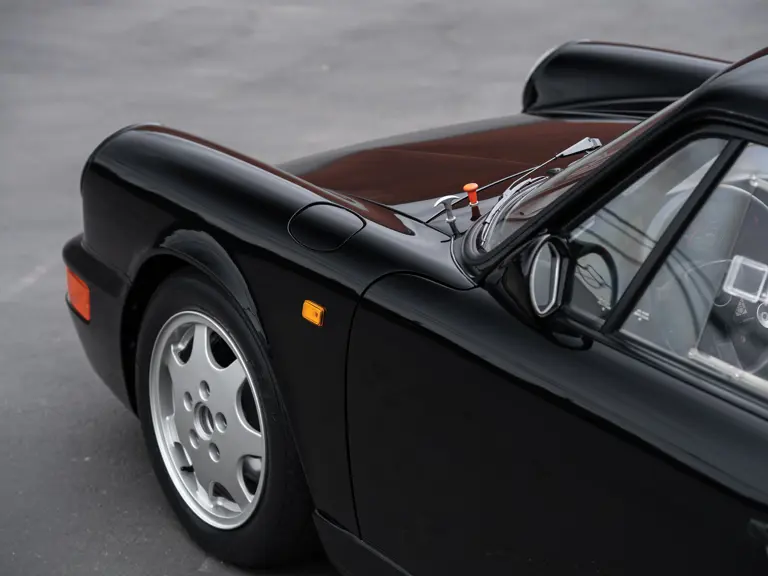
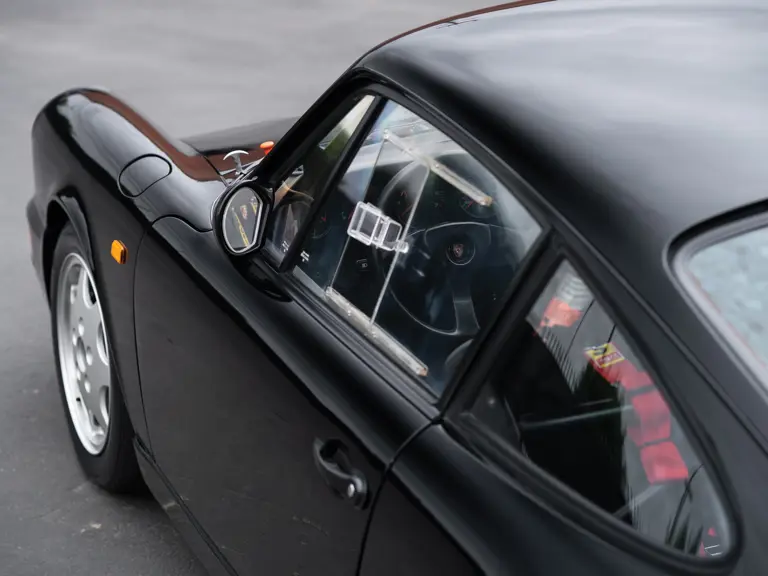

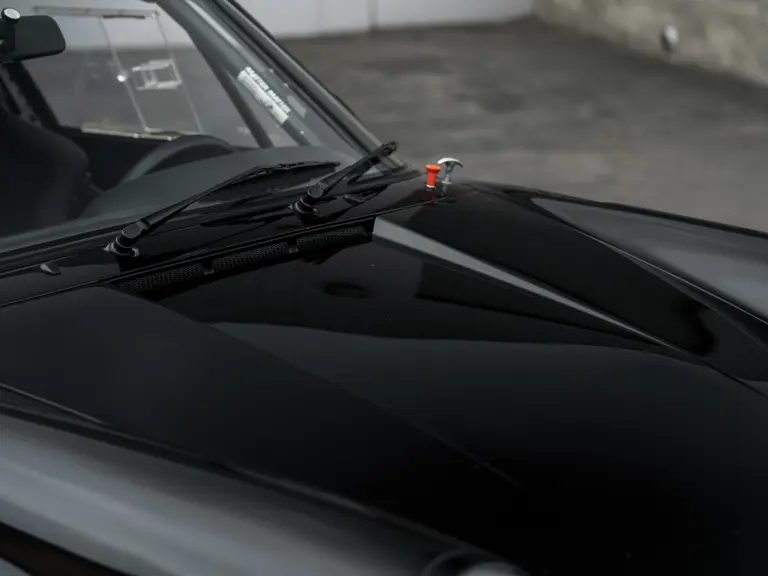
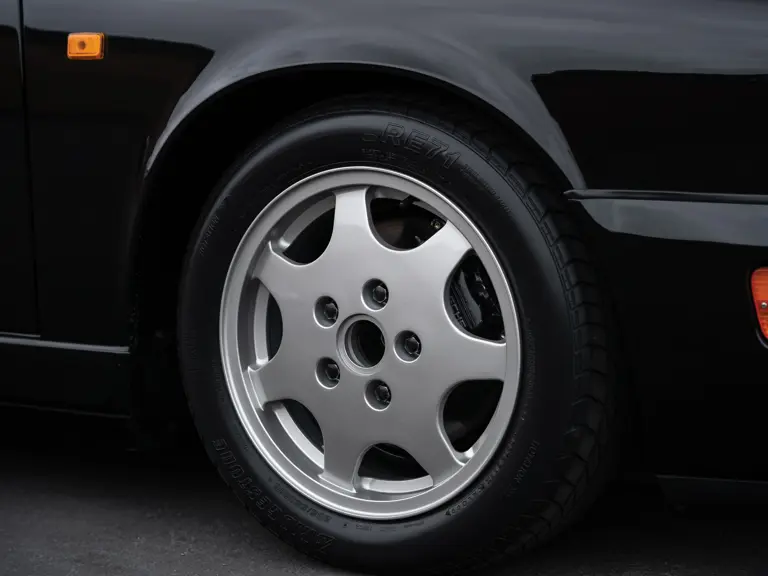
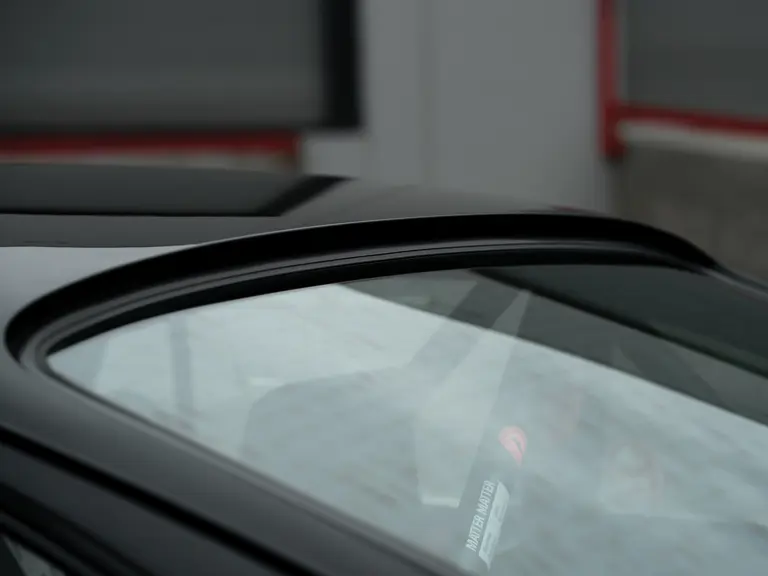
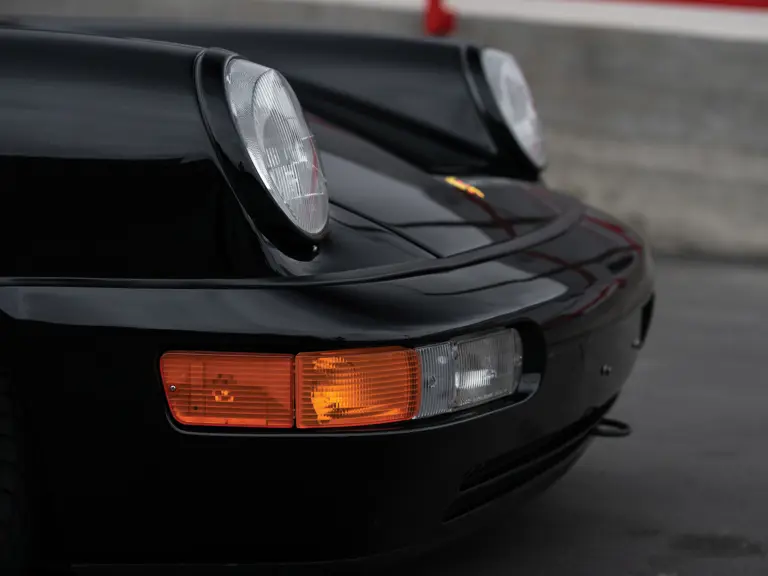
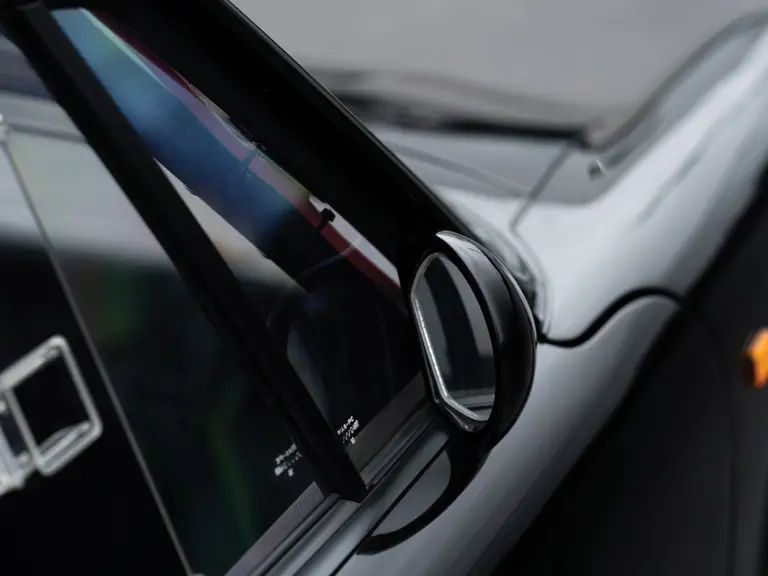
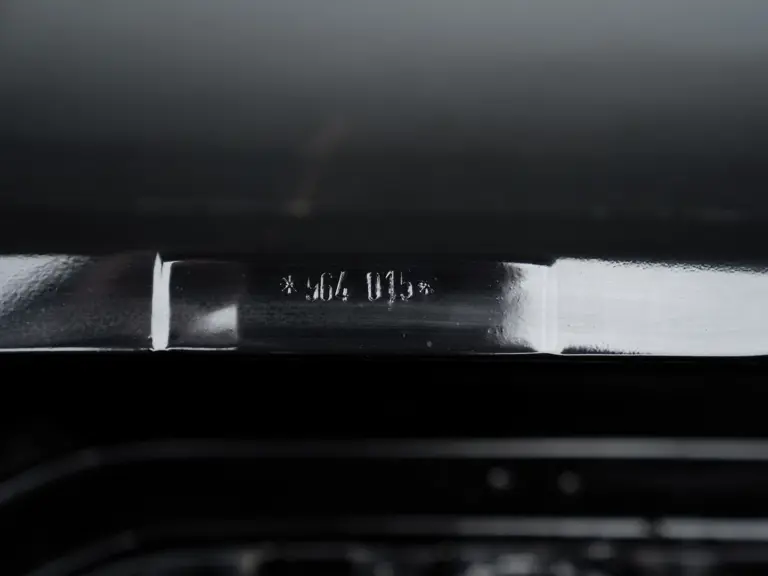
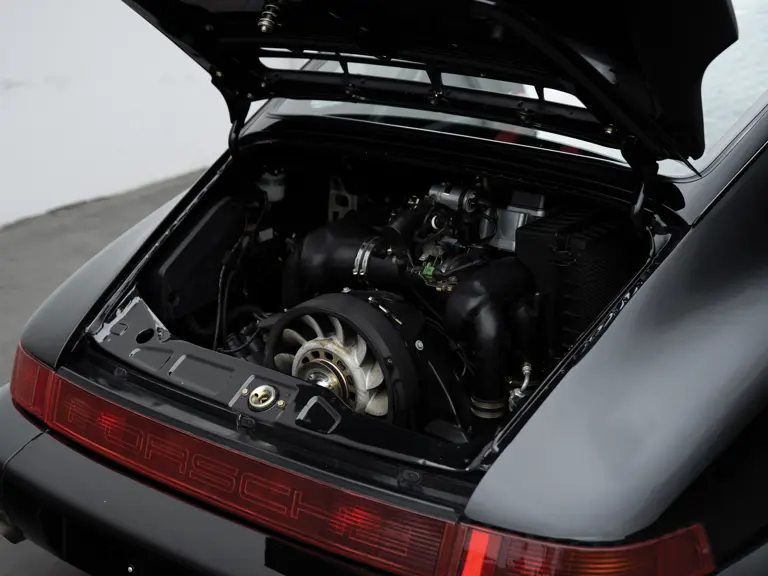
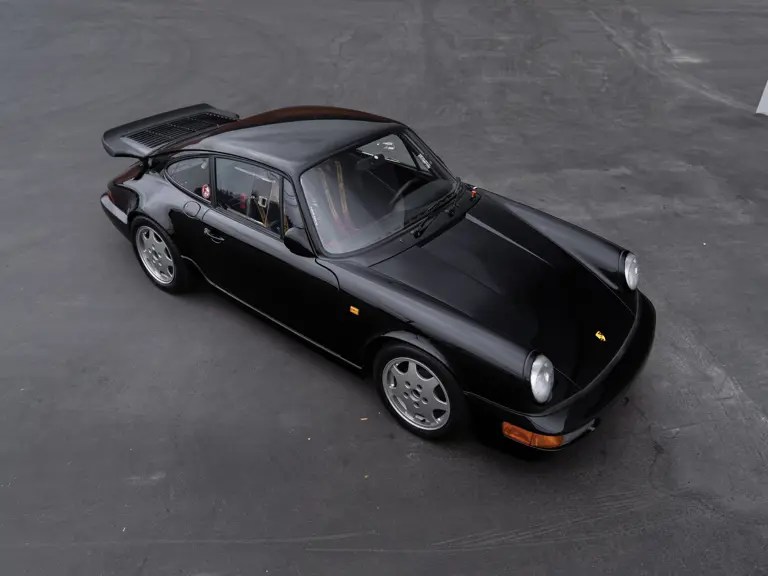
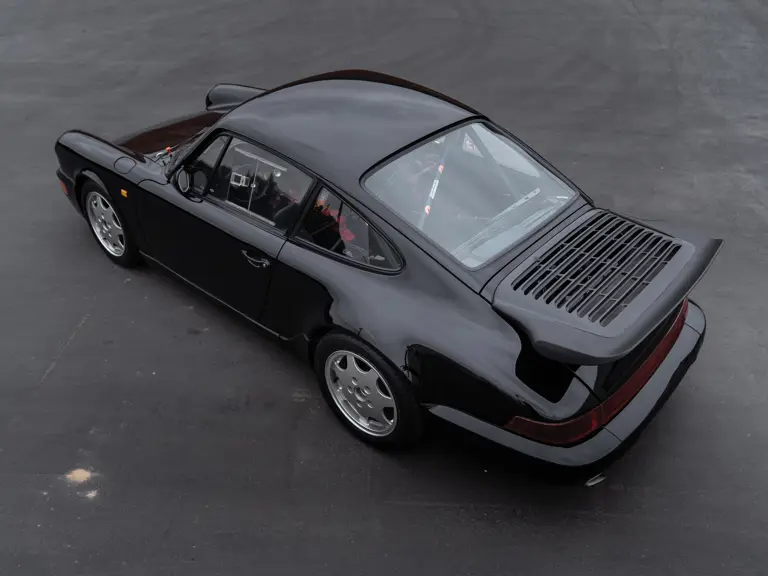

 | Monterey, California
| Monterey, California

